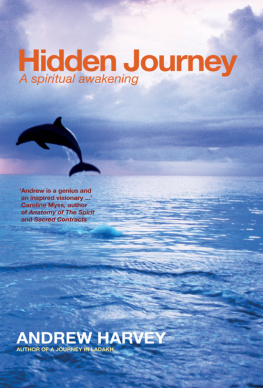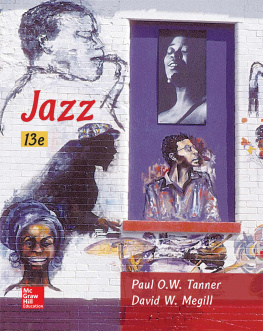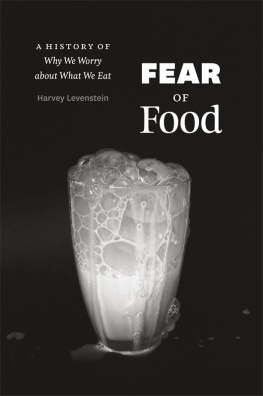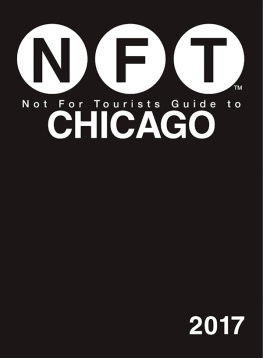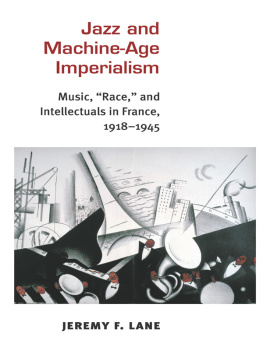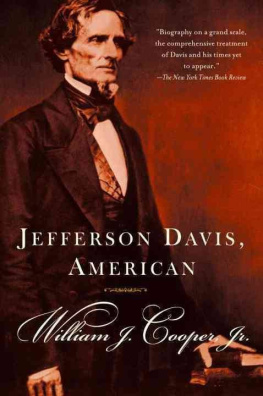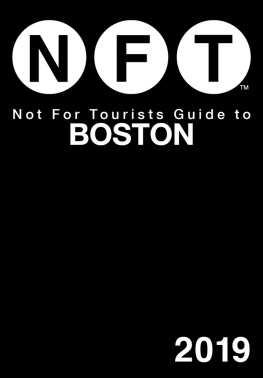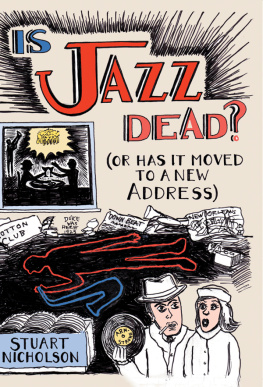HARVEY LEVENSTEIN is professor emeritus of history at McMaster University in Hamilton, Ontario, Canada. He has written a number of books on American history, including two on the social history of American food, Revolution at the Table (1988) and Paradox of Plenty (1993).
The University of Chicago Press, Chicago 60637
The University of Chicago Press, Ltd., London
1998 by The University of Chicago
All rights reserved. Published 1998
Printed in the United States of America
07 06 05 04 03 02 01 00 99 98 1 2 3 4 5
ISBN-10: 0-226-47376-7
ISBN-13: 978-0-226-47377-2
ISBN 978-0-226-47379-6 (e-book)
Library of Congress Cataloging-in-Publication Data
Levenstein, Harvey A., 1938
Seductive journey : American tourists in France from
Jefferson to the Jazz Age / Harvey Levenstein.
p. cm.
Includes bibliographical references and index.
ISBN 0-226-47376-7
1. AmericansFranceAttitudes. 2. AmericansTravelFranceHistory. 3. Tourist tradeFranceHistory. 4. FranceSocial life and customs. I. Title.
DC34.5.A44L48 1998
306'.0944dc21
97-49389
CIP
This book is printed on acid-free paper.
Preface
Traveling is one of the saddest pleasures in life. Crossing unknown countries, hearing people speak a language you scarcely understand, and seeing human faces without any relation to your past or with your future, means solitude without repose and isolation without dignity.
MADAME DE STAL
Much of my previous work, on the history of food, was inspired by my love of cooking and eating. The present project owes much to my fondness for foreign touring. Yet my interest in both subjects stems from more than just the pleasure I derive from them. It also originates in an interest in why other people enjoy or do not enjoy these things. Our attitudes towards food are shaped very much by our culture and its history. Similarly, our expectations and experiences as tourists depend very much on who we are and where we come from.
It may seem awkward that I use the word touring and tourist here; traveling and traveler would probably read better. I do so for two reasons: In the first place, tourism is the particular kind of travel that interests me. It is normally defined as travel for pleasure, or culture, or both. Yet, despite this rather benign definition, since the 1840s, when the term became current in England, travelers have cringed at being labeled what Henry Adams called the despised word tourist. And with good reason: it usually connotes those whose experience in new places is mediated, diluted, and impaired by such things as inflexible itineraries, omniscient guide books, stentorian tour guides, relentlessly moving vehicles, and blurry camera viewfinders, not to mention the prejudices that cloud their minds. Meaningful contact with the host culture and the chance of learning anything about it, let alone from it, is usually deemed impossible.
The put-downs of tourists have multiplied of late. The sociologist Dean McCannell sees tourism as analogous to theater, with tourists as an audience content with inauthentic experiences. The social historian
Anthropologists have turned their guns on tourists from a different angle. They condemn the cultural imperialism inherent in what used to be called First World tourism to the Third World, and are horrified by such things as luxury tours to New Guinea for tourists who want to videotape cannibals at war with each other.
The critics tend to accept the tourist/traveler dichotomy in the past as well as the present. Boorstin says travel began to decline and tourism to rise in the mid-nineteenth century, with the beginning of mass transportation.
When we travel to foreign places we usually expect our trips to bring some sort of pleasure, yet the very foreignness that we find excitingthe language barriers, the new topography, and the different ways people are treated (especially us)inevitably constitutes a two-edged sword that can slash away at the enjoyment of the trip. Indeed, one often wonders, as did
A raft of statistics testify to a tremendous explosion of tourism on a worldwide scale. Tourism now surpasses petroleum as the worlds largest international industry, and the reason for this cannot just be that people have always wanted to see what lies over the next hillthat they travel, as a nineteenth-century definition of tourism had it, out of curiosityand that now millions of them have the wherewithal to do so. This begs the question of what people expect to see on the other side of the hill and what they do when get there.
There are almost as many motives for traveling as there are people. However, as a historian, I tend to think that one can explain the remarkable rise of mass tourism by categorizing these motives and examining how they, and the people, changed over time. A distinction I find particularly useful is one often made in todays tourist industries. It rests on the two main components of the old definition of tourism: travel for culture and for pleasure. Cultural tourism is visiting museums, scrutinizing cathedrals, studying pyramids, and making other such attempts at personal uplift through self-education. Recreational tourism, on the other hand, is aimed at pleasure. Nowadays, we think of it as sun, sea, and sand tourism, skiing holidays, pleasure cruises, even sex-tourism. It is almost certainly the dominant form of tourism today, at least in dollar terms. One of the things this book examines is the interplay between these two, and how the basis was laid for the latters rise. We shall also see that while cultural tourism persisted, it was often as something quite different from the immersion in high culture that was its original ideal.
By examining Americans, we will be looking at people who were in the forefront of the rise of mass tourism in the modern world. We shall see how, over the course of their countrys first 150 years, the trip to France moved down the class ladder, changing from something reserved primarily for the upper class to an experience increasingly open to the middle class. We shall also see it crossing the gender line, until at one stage it becomes very much identified with women. Finally we shall see it cross the racial divide to involve African Americans. These changes inevitably enmeshed it in larger tensions in American society: the resistance of established elites to newly rich parvenus, opposition by males to the emergence of the New Woman, and by whites to African Americans strivings for equal treatment. These conflicts were acted out among the tourists who flocked to France. They also contributed, in the mid-1920s, to an extraordinary eruption of French hostility to American tourists.
Of course all of this meant that there was never really such a thing as the typical American tourist, yet by the 1920s observers were saying that mass tourism had brought forth just such a thing. The stereotypes, said to be found wandering all over Europe, were white, middle-class businessmen and their wives from Main Street, U.S.A. They were provincial people, ignorant of foreign lands and languages, marked by a surfeit of naivet, and woefully ill-equipped to function independently in a strange environment. Like all stereotypes, this hardly applied to many of the decades tourists, but there was still enough truth in it that it stuck. This stereotype reemerged again after World War II and soon gained currency throughout the world, including among Americans themselves. By the end of the century, travel agencies would be organizing tours that promised tourists that they would not be tourists.


